The deadline for uploading the teaser video and the recorded presentation is defined in the CfP of the paper track of your submission. Please consult the individual calls for papers for more details on the deadline.
File Uploads and Naming Convention
All videos are uploaded through Google Forms send to the corresponding author of each paper. You can reuse the link if you want to edit your video later. If prompted for a name and email address, enter the name and email address of (one of) the corresponding author(s) that got the mail with the link. Please use the following guidance when creating your video materials:
Name all files with the following convention:
- [PaperTrack]_[PaperID]_[FirstAuthorLastName]_[SubmissionItem].[ext]
The PaperTrack is the track of your paper:
- Fullpaper
- Shortpaper
- STAR
- EGPGV
- EnvirVis
- EuroVA
- MLVis
- VisGap
- MolVA
- FAIRvis
The PaperID is the ID from submission in PCS.
Your submission consists of two pieces:
1. Video Preview
- A 25-second video that clearly communicates the research and contribution, inviting readers to read your paper.
- Please do NOT include the paper title or authors’ information. The chairs will add these as a 5-second title slide in front of your 25-second video in a consistent way.
- Must be self-contained.
- Should contain audio narration. However, we discourage background music and request that the video focuses viewers’ attention on the content.
- Subtitles are mandatory to increase accessibility. See below for tips on how to create and include subtitles
File Name:
- [PaperTrack]_[PaperID]_[FirstAuthorLastName]_Teaser.mp4
2. Presentation Video
- Must follow the formatting described below.
- Subtitles are mandatory to increase accessibility. See below for tips on how to create and include subtitles
- The length of the presentation video is mentioned in the CfP of the paper track
File Name:
- [PaperTrack]_[PaperID]_[FirstAuthorLastName]_Presentation.mp4
Recorded Videos Format
Recorded videos must be formatted and named following the EuroVIS talk recording guidelines.
All video submissions must meet the following requirements:
- 1920×1080 resolution at 30FPS
- Maximum Size:
- 50MB for Video Teasers
- 500MB for EuroVis Full and Short papers
- 1000MB for EuroVis STAR papers
- Associated workshop talk sizes and lengths may vary, please see your associated event for details
- MPEG-4 using H.264 encoding (file extension is .mp4)
- Audio: We discourage salient music to focus viewers’ attention on the content. If you want to have music, you must certify that any audio is free from copyright or that you are licensed to use it.
To encode/re-encode your video in the right format, you can use the free software Handbrake (https://handbrake.fr/)
Providing Subtitles with Your Video
There are a number of tools that are available to generate captions for you, which you can download and include with your video. Among the free options, YouTube, Veed.io, and Facebook, for example, have free tools that automatically create closed captions and make it possible to download these.
Please note two important things for this:
- in general it takes some time to generate the files and needs correction (particularly with uncommon words or terminology), so you should take this into account so that the video is finished before the deadline
- if you use a social media platform to generate subtitles, please do not publish the video completely (not even private or unlisted)
There are also a number of paid services that enable the transcription of videos, such as Amberscript. Lastly, it is also possible to manually create the subtitles using for example the YouTube captioning tool, Adobe Premiere Pro, or Amara. Regardless of the tool you are using, please make sure that the subtitles are accurate and correctly timed for the benefit of all attendees. Videos containing subtitles have a considerably higher engagement and retention rate than one’s without.
After the captions have been created (automatically or by hand), you can download them by going to the subtitles page when editing your video information in YouTube Studio. You can then click the three dots next to the subtitles you want to download and select download from the menu to download the .sbv or .srt file containing your subtitles. Make sure that you manually correct the generated subtitles for errors by directly editing the .srt file in a text editor. Include this file with your video, following the same naming convention:
- [PaperTrack]_[PaperID]_[FirstAuthorLastName]_<Presentation|Teaser>.sbv
- [PaperTrack]_[PaperID]_[FirstAuthorLastName]_<Presentation|Teaser>.srt.
You can test your subtitles by playing your video in VLC with the .sbv file in the same directory so that VLC will find it. Then right-click the VLC window and select the subtitle menu item to pick your subtitles to play during your video.
If you create the captions using a different software package, subtitles in the .srt format are also acceptable.
Contact
Daniel Wiegreffe (Leipzig University)
tech@eurovis23.eu
